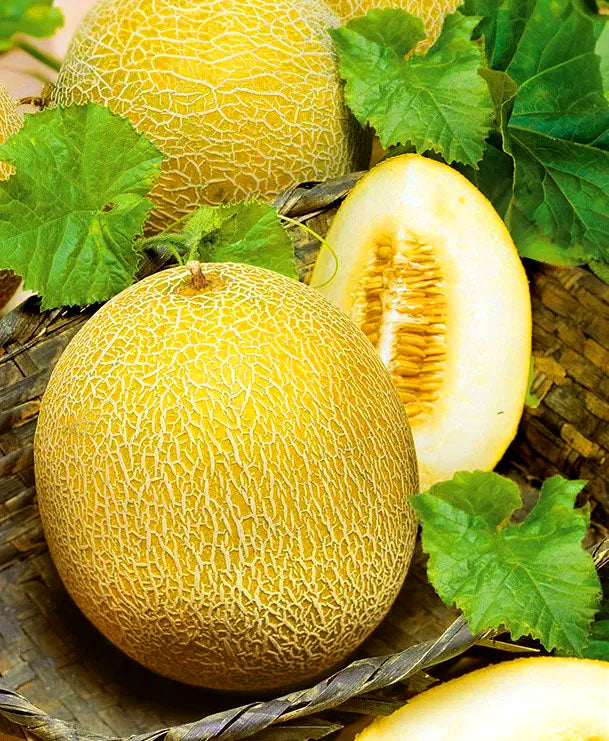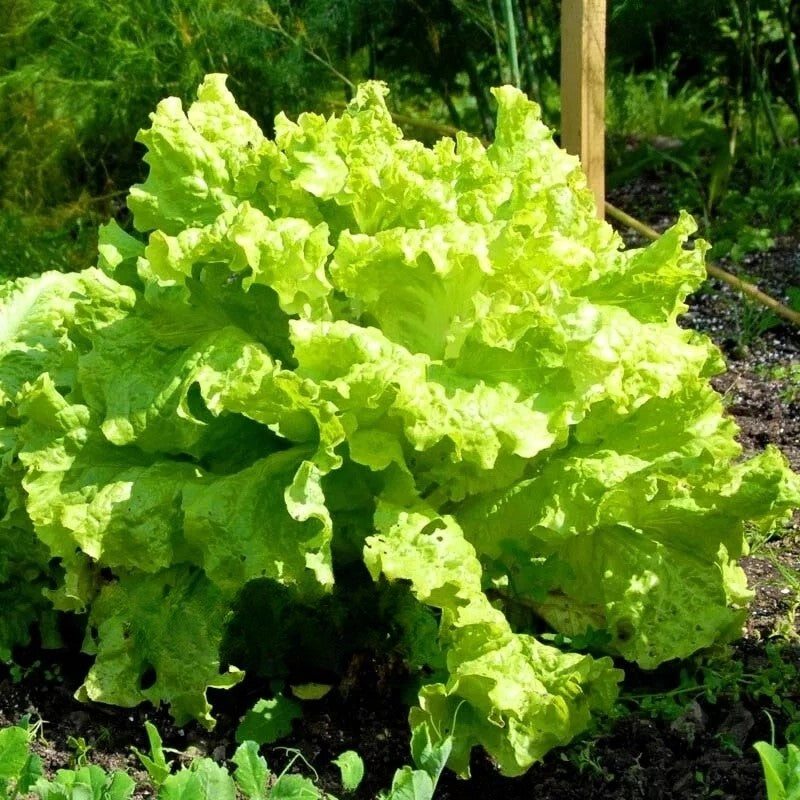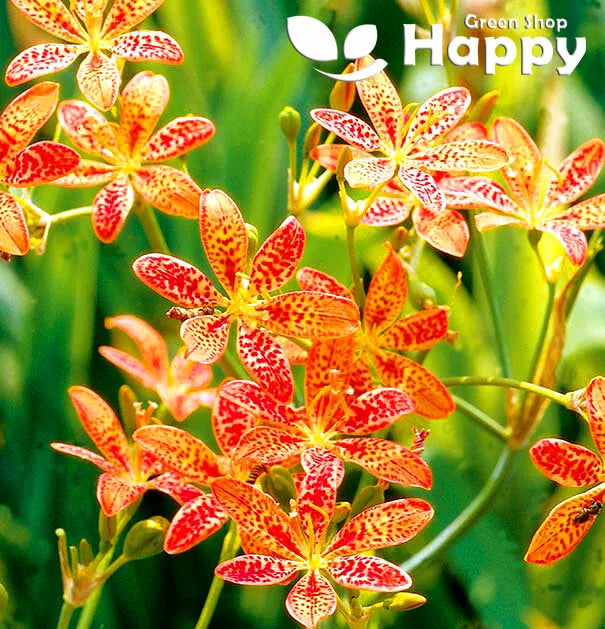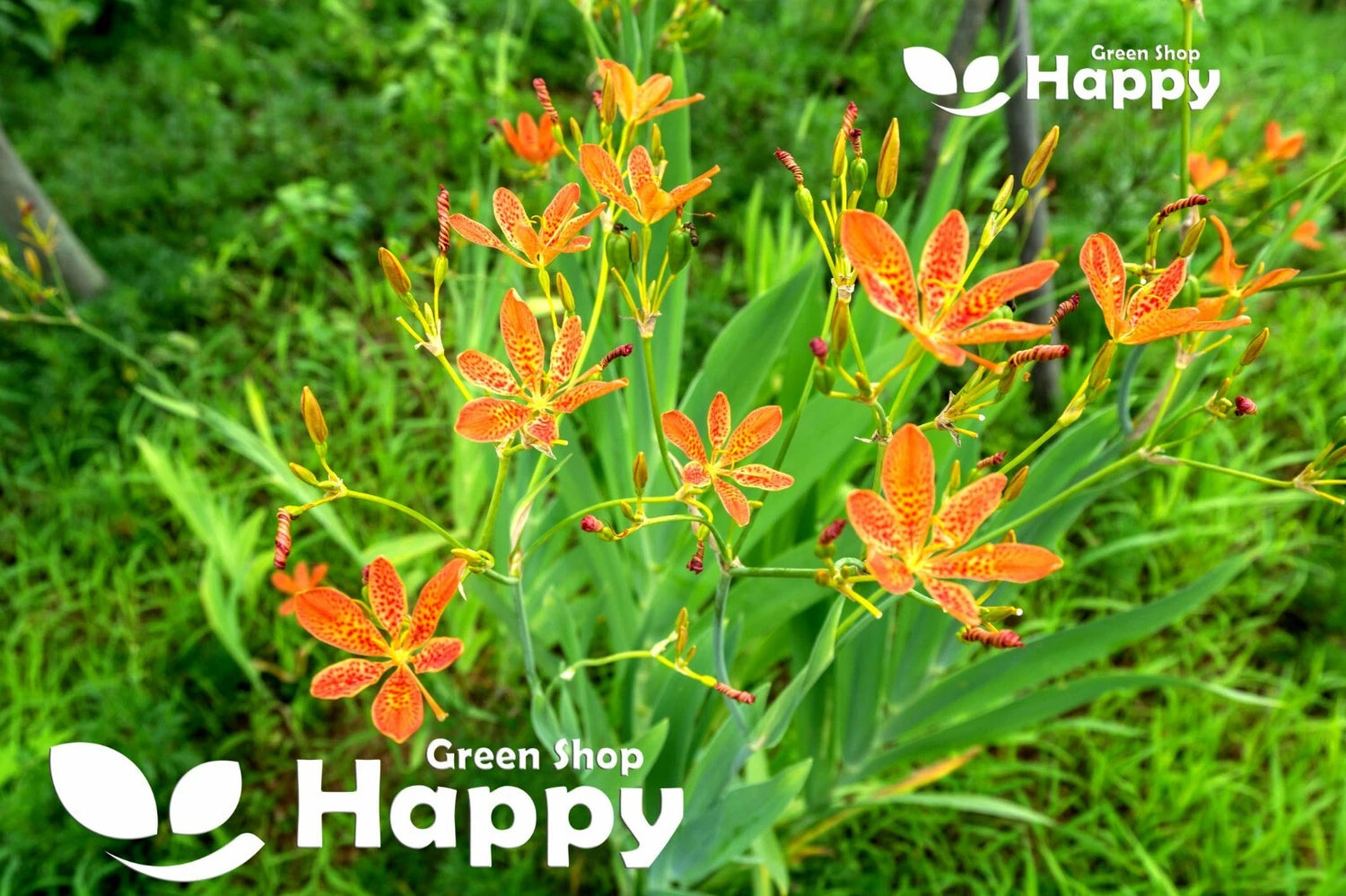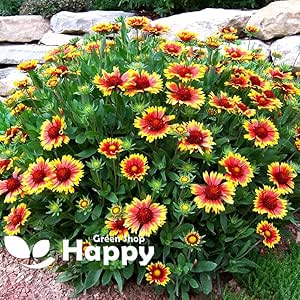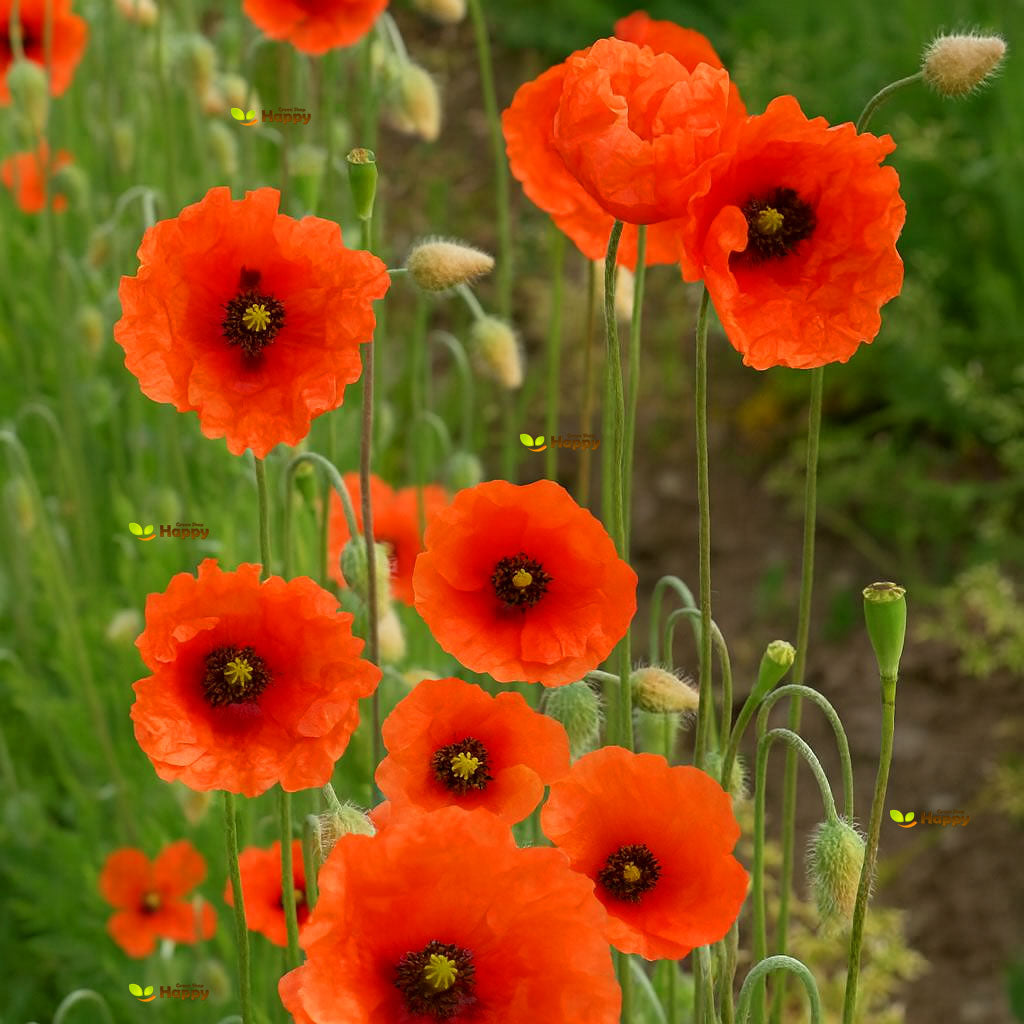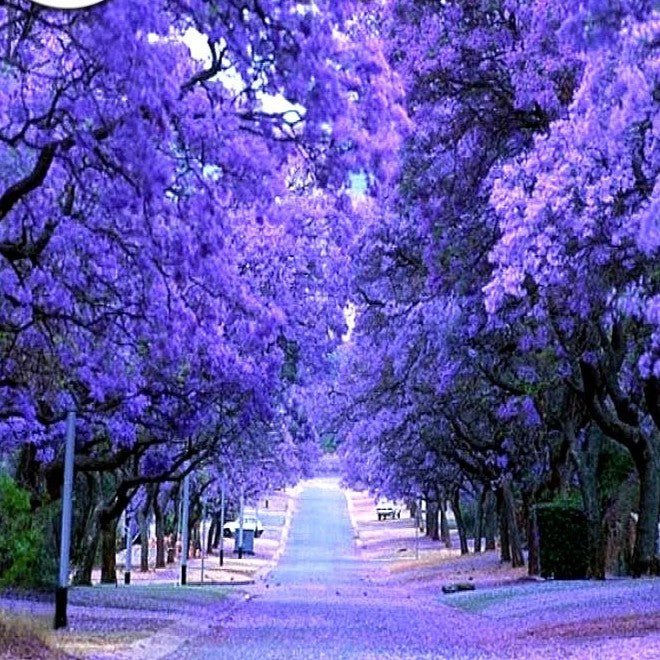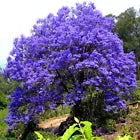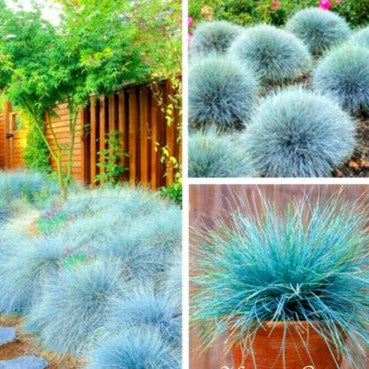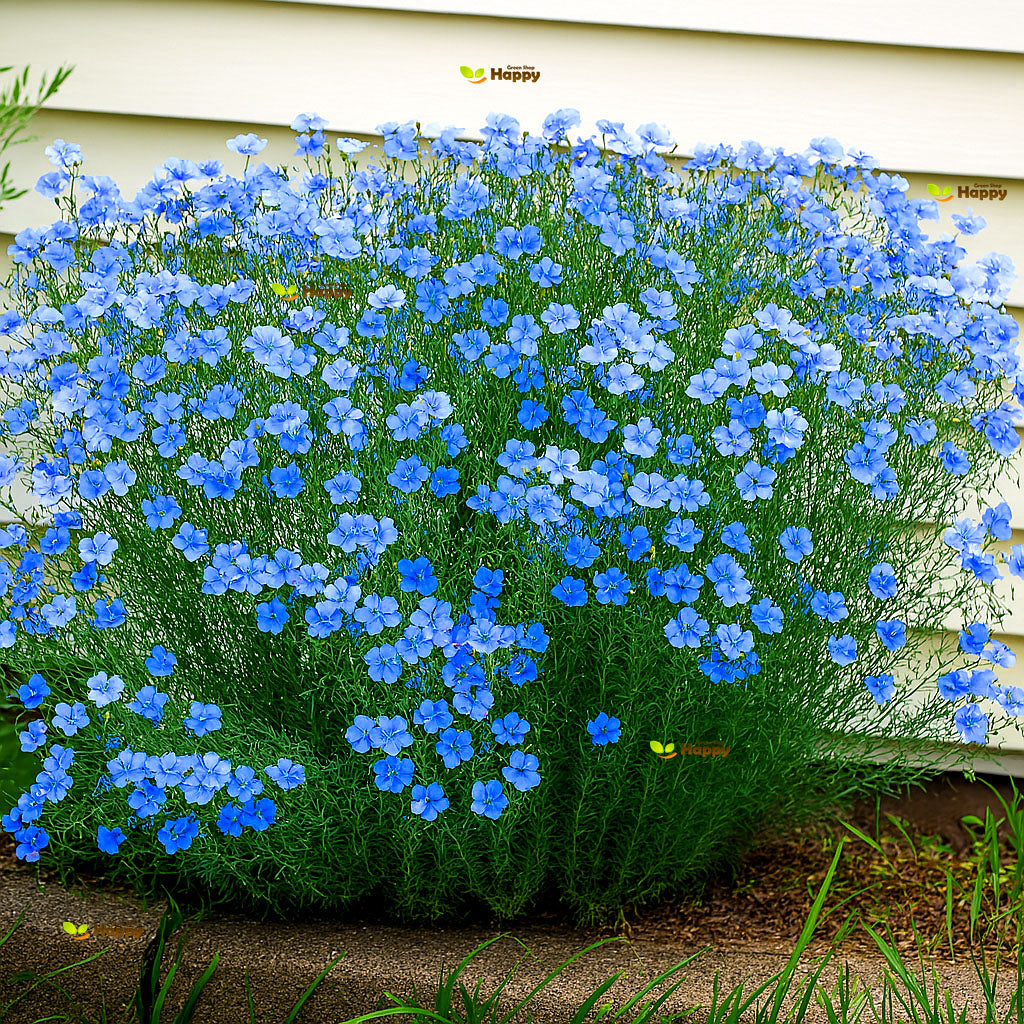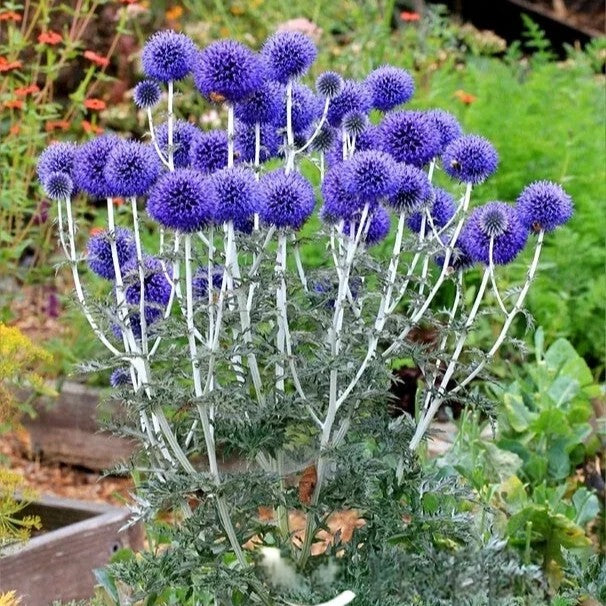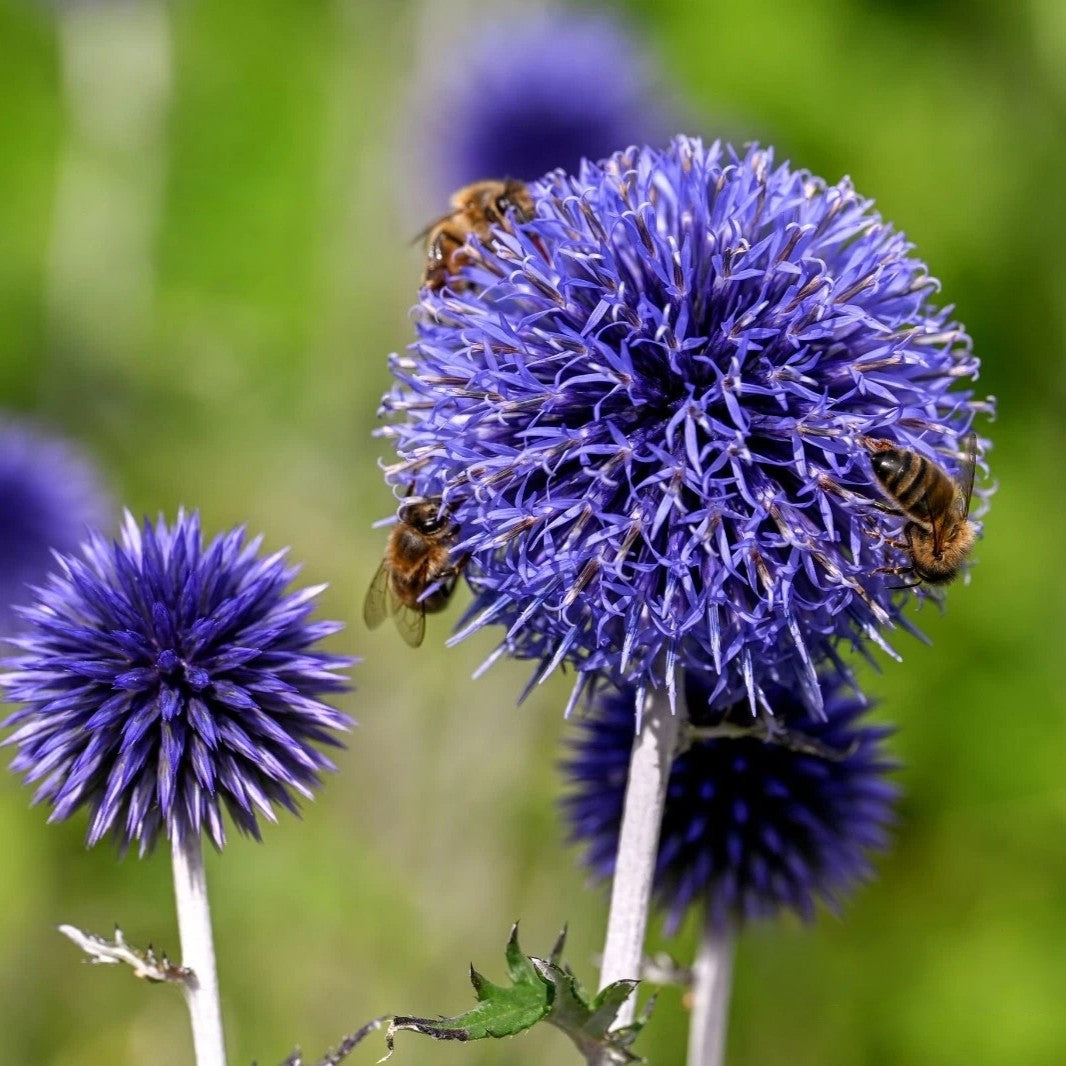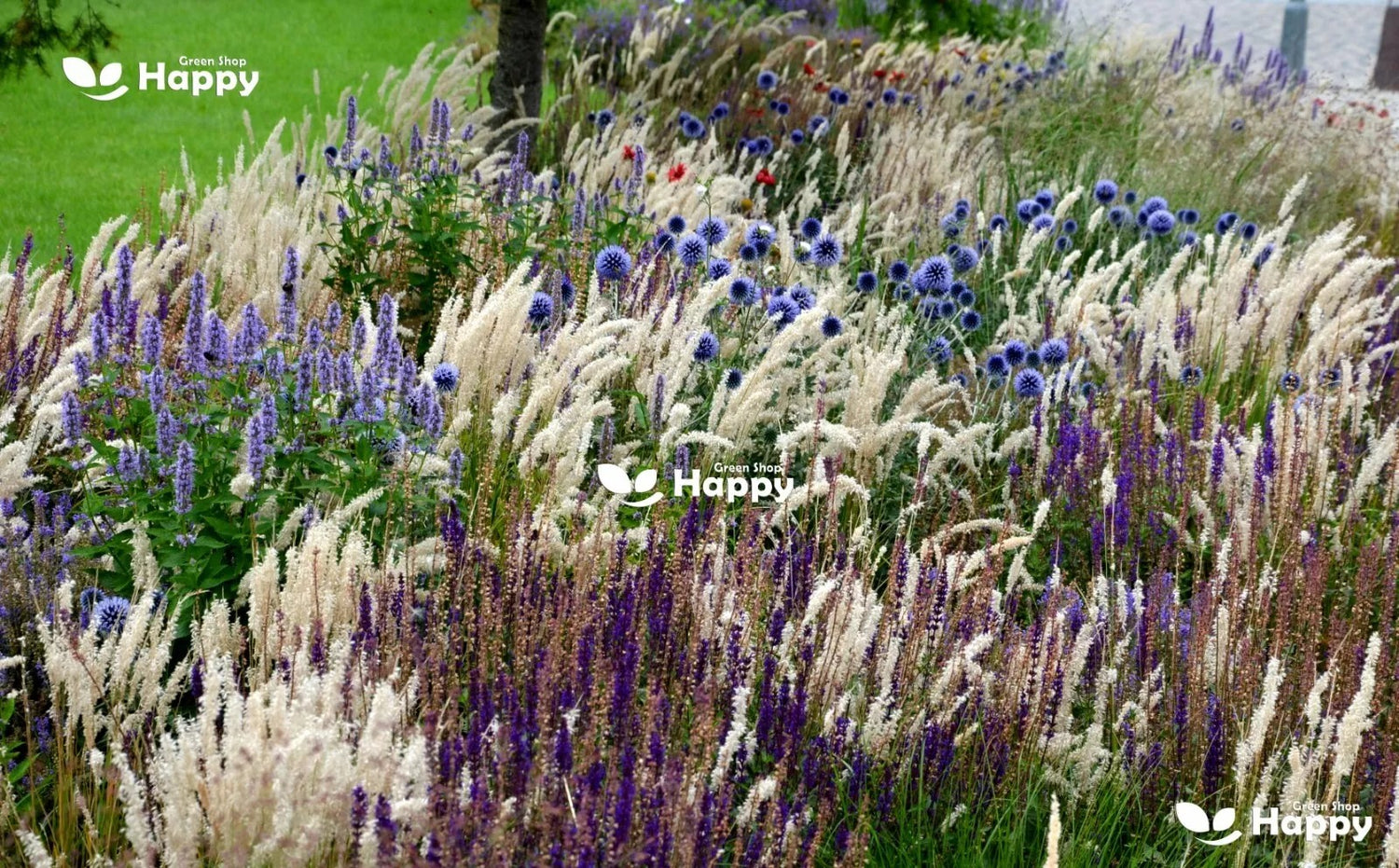Sort by:
1113 products
1113 products
Black Seeded Lettuce 'Simpson' – Seeds (Lactuca sativa)
The Black Seeded Simpson is one of the most popular heirloom lettuce varieties, prized for its tender, crinkled, light-green leaves and mild, delicate flavour. A fast-growing, early maturing leaf lettuce, it produces abundant loose heads that can be harvested young as baby leaves or allowed to mature for larger harvests.
This variety is particularly valued for its tolerance to heat compared to other lettuces, making it a reliable choice for continuous cropping throughout the season. Ideal for fresh salads, sandwiches, and garnishes.
How to Grow
-
Sow outdoors: March – August, thinly in rows 30 cm apart
-
Sow indoors/under cover: February – March for early crops
-
Depth: 0.5 cm, cover lightly with soil
-
Thin/Plant spacing: 20–25 cm apart
-
Position: Full sun or partial shade
-
Soil: Moist, fertile, well-drained
Key Features
-
Loose-leaf heirloom lettuce with crinkled, tender leaves
-
Fast-growing and early maturing
-
Heat-tolerant and slow to bolt
-
Excellent for cut-and-come-again harvests
-
Great for salads, wraps, and garnishes
Sowing & Harvest
-
Sow: February – August
-
Harvest: April – October
Blackberry Lily – Seeds
(Belamcanda chinensis)
Blackberry Lily is a striking perennial with bright orange, freckled flowers that bloom in summer, followed by shiny black seed pods resembling berries. Its upright clumping habit and sword-shaped foliage make it ideal for borders, cottage gardens, and ornamental plantings. Low-maintenance and hardy, it attracts pollinators and adds vibrant color to any garden.
Why Grow Blackberry Lily?
-
Bright orange, freckled summer flowers
-
Unique black seed pods for decorative interest
-
Attracts bees and butterflies
-
Low-maintenance, hardy perennial
Key Features
-
Type: Perennial
-
Height: 60–90 cm
-
Flowers: Summer
-
Position: Full sun to partial shade
-
Soil: Well-drained, fertile
Ideal For
-
Borders, cottage gardens, and perennial beds
-
Pollinator-friendly gardens
-
Decorative seed pod interest
-
Low-maintenance ornamental planting
Sowing & Growing
-
Sow indoors: February–April in seed trays
-
Sow outdoors: April–May in prepared soil
-
Germination: 14–28 days at 18–20°C
-
Spacing: 30–40 cm apart
-
Care: Moderate watering; remove weeds and deadhead for prolonged flowering
Blanket Flower ‘Burgundy’ Seeds (Gaillardia aristata)
Bring vibrant late-summer color to your garden with Blanket Flower ‘Burgundy’ (Gaillardia aristata). This hardy perennial produces striking burgundy-red daisy-like blooms with golden tips, perfect for borders, beds, and pollinator-friendly gardens. Easy to grow and long-flowering, it attracts bees and butterflies while adding a cheerful, naturalized look to your landscape.
How to Grow
-
Sow seeds directly outdoors in spring or indoors 6–8 weeks before the last frost.
-
Use well-drained soil in full sun.
-
Scatter seeds thinly and cover lightly with soil.
-
Keep soil moist until germination (10–14 days).
-
Thin seedlings to 25–30 cm apart once established.
-
Deadhead spent flowers to encourage continuous blooming.
Key Features
-
Striking burgundy-red blooms with golden tips
-
Hardy perennial, long-flowering and easy to grow
-
Ideal for borders, beds, and naturalized plantings
-
Attracts bees, butterflies, and other pollinators
-
Adds vibrant late-summer color to garden landscapes
Ideal For
-
Flower borders and cottage gardens
-
Pollinator-friendly garden beds
-
Naturalized and wildflower-style plantings
-
Cutting gardens for fresh bouquets
Sowing
-
Best time: Spring outdoors or 6–8 weeks earlier indoors
-
Germination: 10–14 days
-
Sow thinly, cover lightly, and keep soil moist
-
Prefers full sun and well-drained soil
Quick Tip
-
For extended flowering, sow in drifts or clusters and remove spent blooms regularly.
Blanket Flower Mix Seeds (Gaillardia aristata)
A vibrant and hardy perennial, Blanket Flower Mix produces daisy-like blooms in shades of red, orange, and yellow with contrasting centers. Long-flowering and drought-tolerant, these plants are perfect for borders, wildflower gardens, and containers, attracting bees and butterflies throughout summer.
What Makes It Special
-
Bright, daisy-like flowers in red, orange, and yellow tones
-
Drought-tolerant, hardy, and long-flowering
-
Attracts pollinators, enhancing wildlife-friendly gardens
Key Features
-
Botanical name: Gaillardia aristata
-
Hardy perennial
-
Height: 30–60 cm (12–24 in)
-
Bloom time: Summer to early autumn
Ideal For
-
Borders, beds, and wildflower gardens
-
Containers, pots, and window boxes
-
Pollinator-friendly plantings
Sowing
-
Sow indoors Feb–Apr or outdoors Mar–May
-
Cover lightly with soil and keep moist
-
Germination: 10–21 days at 15–20°C
-
Thin seedlings 25–30 cm apart
-
Flowers the first or second season after sowing
“Blindeyes” Poppy – Seeds (Papaver dobium)
Description:
Add delicate charm to your garden with “Blindeyes” Poppy (Papaver dobium). This striking annual produces elegant, cup-shaped blooms in shades of white or pale pink with a dark central “eye,” giving it its distinctive name. Perfect for borders, cottage gardens, and wildflower meadows, these poppies attract pollinators and bring a soft, whimsical touch to any garden. Easy to grow from seed and long-flowering, they are ideal for both naturalistic and formal plantings.
Key Features
-
Elegant cup-shaped blooms with a dark central “eye”
-
Annual variety, easy to grow from seed
-
Long-lasting blooms from late spring to summer
-
Attracts bees and pollinators
-
Adds delicate charm to borders and meadows
Ideal For
-
Borders and mixed flower beds
-
Cottage and wildflower gardens
-
Pollinator-friendly plantings
-
Naturalistic or whimsical garden displays
Sowing & Growing
-
Sow Outdoors: March–April
-
Germination: 7–14 days at 15–20°C
-
Height: 40–50 cm
-
Spacing: 20–25 cm apart
-
Light: Full sun
-
Soil: Well-drained, moderately fertile
Care Tips
-
Water lightly until seedlings establish
-
Deadhead faded flowers to encourage prolonged blooming
-
Avoid overwatering to prevent root rot
-
Allow some self-seeding for future seasons
Blue Bonsai Tree – Exotic Jacaranda Beauty
Grow your own stunning Blue Bonsai Tree with Jacaranda mimosifolia seeds. Known for its breathtaking clusters of lavender-blue blooms and elegant fern-like foliage, this bonsai brings a touch of the exotic to any collection.
What Makes It Special
-
Striking lavender-blue flowers
-
Delicate, fern-like leaves
-
Can be grown as a bonsai or ornamental tree
-
Unique and rewarding to grow from seed
Key Features
-
Deciduous tree, often trained as bonsai
-
Height as bonsai: 30–90 cm (can grow much taller if left unpruned)
-
Prefers full sun and well-drained soil
-
Suitable for indoor bonsai training or outdoor cultivation in warm climates
Ideal For
-
Bonsai enthusiasts and collectors
-
Indoor bonsai displays
-
Exotic ornamental gardening
-
Unique gifts for plant lovers
Sowing
-
Soak seeds in warm water for 24 hours before sowing
-
Sow in seed compost, lightly cover with soil
-
Germination: 14–28 days at 20–25°C
-
Keep soil moist but not waterlogged
-
Train young plants for bonsai growth through pruning and shaping
Blue Fescue Grass Seeds (Festuca glauca)
Blue Fescue is a compact, clump-forming ornamental grass prized for its striking silvery-blue foliage and neat rounded habit. It provides year-round interest and a beautiful contrast to flowering plants, rock gardens, or modern landscapes. Easy to grow and low-maintenance, this grass is a top choice for adding texture and color to gardens.
What Makes It Special
-
Stunning steel-blue foliage that keeps its color year-round
-
Compact, tufted shape – perfect for edging or groundcover
-
Extremely hardy and drought-tolerant once established
-
Low-maintenance and versatile in garden design
Key Features
-
Botanical name: Festuca glauca
-
Common name: Blue Fescue
-
Seed count: Approx. seeds per pack
-
Height/Spread: 20–30 cm tall, 25–30 cm spread
-
Position: Full sun; well-drained soil (thrives in poor, dry soils)
-
Flowering period: Summer (produces delicate flower spikes)
-
Lifespan: Hardy perennial
Ideal For
-
Rock gardens and alpine displays
-
Borders and edging along paths
-
Containers and modern minimalist gardens
-
Drought-tolerant or low-maintenance landscapes
-
Adding color contrast to mixed plantings
Sowing Instructions
-
When to sow: February–April indoors or May–June outdoors
-
How to sow:
-
Sow thinly on the surface of moist, well-draining compost
-
Press seeds lightly into the soil, do not cover deeply (light aids germination)
-
Keep at 15–20°C; germination in 14–28 days
-
-
Transplant: When seedlings are large enough, prick out and grow in pots before planting out
-
Planting out: Choose a sunny spot with free-draining soil; avoid overly wet conditions
-
Care: Minimal maintenance required. Cut back old leaves in early spring to encourage fresh growth.
Blue Flax Seeds (Linum perenne)
Delicate yet resilient, Blue Flax produces graceful sky-blue flowers on slender stems that sway gently in the breeze. Blooming over a long season, this hardy perennial is perfect for naturalistic plantings, wildflower meadows, and cottage gardens. Easy to grow and pollinator-friendly.
What Makes It Special
-
Masses of sky-blue, airy flowers
-
Hardy, drought-tolerant, and low-maintenance
-
Long flowering season and pollinator-friendly
Key Features
-
Botanical name: Linum perenne
-
Hardy perennial
-
Height: 30–60 cm (12–24 in)
-
Bloom time: Late spring to summer
Ideal For
-
Wildflower meadows and naturalized plantings
-
Cottage gardens and perennial borders
-
Pollinator-friendly landscapes
Sowing
-
Sow outdoors Mar–May or Aug–Sep
-
Scatter seeds and lightly cover with soil
-
Germination: 14–21 days at 15–20°C
-
Thin seedlings 20–25 cm apart
-
Flowers from the second year after sowing
Blue Globe Thistle Seeds (Echinops ritro)
The Blue Globe Thistle is a striking perennial featuring spiky, metallic-blue globe-shaped flowers atop silvery-green foliage. Its architectural form adds drama to borders, cottage gardens, and wildflower plantings, while also serving as an excellent cut or dried flower. Hardy and drought-tolerant, it attracts bees, butterflies, and other pollinators.
What Makes It Special
-
Unique metallic-blue, spherical flower heads
-
Hardy, drought-tolerant, and long-lasting perennial
-
Excellent for fresh or dried flower arrangements
Key Features
-
Botanical name: Echinops ritro
-
Hardy perennial
-
Height: 60–90 cm (24–36 in)
-
Bloom time: Mid to late summer
Ideal For
-
Architectural accents in borders and cottage gardens
-
Wildflower and pollinator-friendly plantings
-
Fresh and dried cut flower arrangements
Sowing
-
Sow indoors Feb–Apr or outdoors May–Jun
-
Mix seeds with moist compost and refrigerate 2–4 weeks for stratification
-
Germination: 14–35 days at 18–22°C after cold treatment
-
Thin seedlings 40 cm apart
-
Flowers from the second year after sowing
Showing 117/1113




